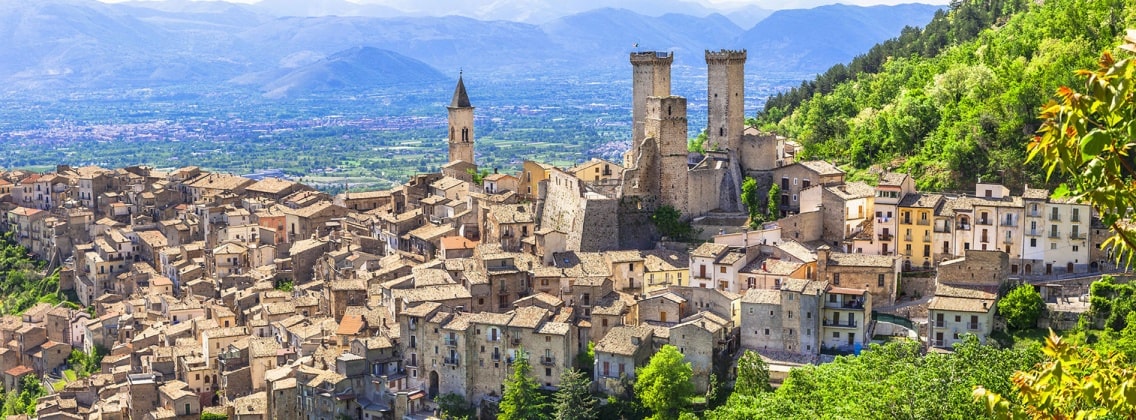
Abruzzo
Visit Abruzzo, between lush nature and breathtaking landscapes
Territory of Abruzzo
The territory of Abruzzo is bordered to the north by the region of Marche, to the east by the Adriatic Sea, to the west by Lazio and to the south by Molise and is divided into two parts, one coastal, on the eastern side, which consists of the long Adriatic coast and the other, more inland, mainly mountainous that houses the three highest mountain massifs of the entire Apennine chain: the Gran Sasso d'Italia, which reaches the highest peak of the Apennines with its Corno Grande, the Majella, with Mount Amaro and the Sirente-Velino with Mount Velino, to which are added the Monti della Laga.
Useful information about Abruzzo
Abruzzo is a region between center and southern Italy. It has four provinces: L'Aquila, Chieti, Pescara, Teramo, as well as numerous villages, 23 of which are present in the prestigious club "The most beautiful villages in Italy", putting the region in third place nationally.
For its variety of landscapes and its beauty Abruzzo is fifth among the twelve best regions in the world for the quality of life according to the Huffington Post American. In addition, 75% of the animal and plant species present in Europe are kept on the soil of the region.

Looking for tips for your next trip? Ask Monna Lisa.

Discover the Italian Ambassador of Excellence in this region
Places and tours of Abruzzo
There are many places and tours in Abruzzo, ranging from villages, with churches and museums, to natural attractions that have made the region deserve the title of "green region of Europe". The things to see are many and all beautiful.
There are several monuments worthy of note, such as the Rocca Calascio, or the Basilica of San Bernardino, and a myriad of wonderful national parks: the National Park of Abruzzo, Lazio and Molise, the Majella National Park and the National Park of Gran Sasso and Monti della Laga.
But Abruzzo is also a region with a maritime vocation: during your stay you should visit one of the beautiful villages on the Adriatic coast, such as Francavilla al Mare, and immerse yourself in the beautiful sea of Abruzzo.
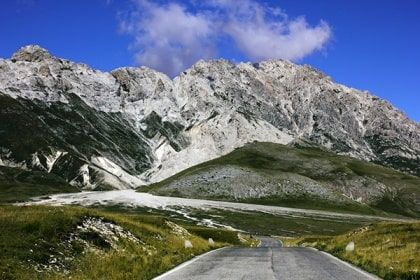
Food and flavours of Abruzzo
Abruzzo, like all Italian regions, has a great culinary tradition, mainly of mountainous inspiration, but also maritime, thanks to the recipes developed along the coast. The partial isolation of Abruzzo due to the morphology of its territory, has meant that this tradition has remained unchanged and quite independent from the rest of Italy.
The cuisine of Abruzzo is rich in meat specialties and the most famous is represented by the arrosticini. Even in Abruzzo, of course, there are recipes for pasta among which stand out the spaghetti alla chitarra.
There are various wines suitable to accompany these dishes but the most characteristic is the famous Montepulciano d'Abruzzo.
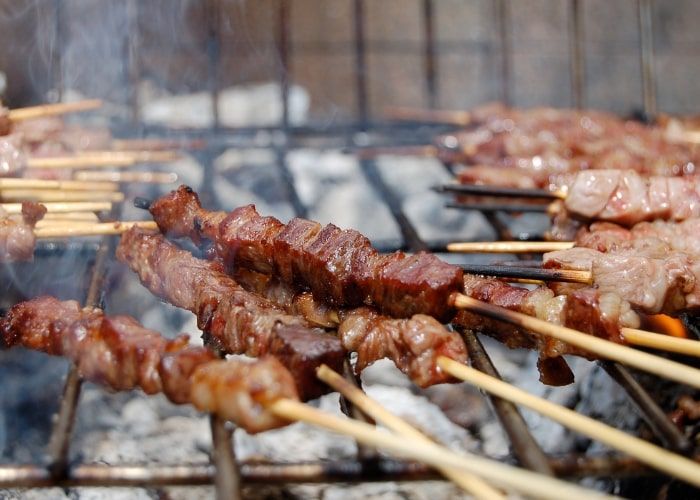
Art and culture of Abruzzo
Art and culture of Abruzzo have had a great importance from the classical age until more recent times: in Sulmona, in Abruzzo, was born Ovidio, the famous Latin poet, as well as Benedetto Croce, considered one of the major protagonists of Italian and European culture, and Gabriele D'Annunzio, great man of letters and prominent personality who has had so much influence on the culture of Abruzzo and of the whole of Italy.
Abruzzo has also given birth to great painters among whom, in recent times, Filippo Palizzi, Teofilo Patini and Francesco Paolo Michetti stand out.
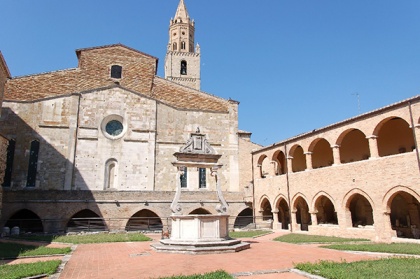
What to do in Italy in Abruzzo
Abruzzo Region
Located in central Italy, Abruzzo is known as the 'Green Region of Europe' for its lush and varied nature that is largely untouched.
Abruzzo is bordered by Marche to the north, by Molise to the south, by Lazio to the west and is bathed by the Adriatic Sea to the east.
Its territory is characterized by the shelving of the mountains down to the sea with the highest peaks of the Apennines, Gran Sasso d'Italia and Majella, passing through the plateaus of Cinquemiglia and Aremogna and the Fucino basin up to the sea, where the sandy and pebble beaches of the 'Sette Sorelle' in the north are followed by wilder stretches surrounded by dense Mediterranean scrub of the Costa dei Trabocchi to the south.
Abruzzo boasts as many as 3 National Parks, the Abruzzo, Lazio and Molise National Park, the Gran Sasso and Monti della Laga National Park and the Majella National Park, the Sirente-Velino Regional Nature Park; as many as 38 state and regional nature reserves and the Torre del Cerrano Marine Protected Area. This beautiful and unspoiled nature is home to some rare animal species such as the Marsican Bear - symbol of the region -, the wolf and the chamois.
After the first settlements dating back to the Upper Paleolithic and Neolithic periods, from the 7th century B.C. Abruzzo was inhabited by peoples who settled in different areas of the region: the Marsi in the Marsica, the Peligni in the Sulmona area, the Frentani in the Valdisangro, the Marruccini, the Vestini and the Sanniti. Around the 3rd century B.C. the above-mentioned peoples were subdued by the Romans, and after the fall of the Roman Empire in 476 A.D., the territory was invaded by the Lombards first and then by the Normans, who left important traces of their presence in the construction of many villages and cities.
In the 13th century, Frederick II of Swabia wanted to unify the Abruzzo territory divided among the powerful feudal lordships. The Angevins, who ruled until the early 15th century, were then followed by the Spanish, who gave rise to one of the worst periods in Abruzzo's history. It was only under Bourbon rule, from the 18th to the 19th century, that the region revived, and in 1860 Abruzzo became part of the new Kingdom of Italy. In 1963, finally, it became an autonomous region after the separation from Molise.
Abruzzo is divided into 4 provinces: L'Aquila, Pescara, Teramo and Chieti, and although the regional capital is L' Aquila, the seat of the city council and other key services are in Pescara. The region has important highway and port infrastructures and excellent air and rail connections.
Due to its geographical conformation, the region has unique natural beauty and is characterized by cities and small villages rich in history and traditions where you can spend unforgettable holidays all year round.
Abruzzo's coastline is dotted with popular seaside resorts both for the beauty of the beaches and for the accommodation facilities and services offered, and the renowned mountain ski resorts can also be enjoyed during the rest of the year.
Many coastal resorts in Abruzzo are famous not only for the sea but also for the historical and artistic heritage they feature. The northern coast, known as the 'Seven Sisters' consists of the seven small towns of Martinsicuro, Alba Adriatica, Tortoreto Lido, Giulianova, Roseto degli Abruzzi, Pineto and Silvi Marina. Then the ‘Pescara coast’ follows with Montesilvano, Pescara and Francavilla al mare. The southern stretch is known as the 'Trabocchi Coast' for the special 'fishing machines' on wooden stilts, among the most famous symbols of Abruzzo, that have now lost their original function and some have been converted into typical restaurants.
Abruzzo is among the Italian's favorite winter destinations.
Kilometers of well-snow-covered slopes make it possible to play the main winter sports surrounded by evocative views, such as Aremogna, Campo Imperatore, Campo di Giove, Roccaraso, and Pescasseroli, just to name a few, and if you love the mountains in summer you can go exploring the charming mountain villages of Alfedena, Calascio with its fortress film set of major international films such as Lady Hawcke's and The Name of the Rose, Roccaraso, Pescasseroli, Santo Stefano di Sessanio, Scanno with its heart-shaped lake and many other small wonders perched on the mountains.
You can go hike to lakes, rivers, waterfalls, caves and enjoy nature by having a picnic or engaging in outdoor sports.
A unique experience to live is a historic train ride on the Parks Railway known as the 'Trans-Siberian Railway of Italy' that travels between Abruzzo and Molise through suggestive landscapes.
If you want to immerse yourself in art and culture, you can pay a visit to L'Aquila, Pescara, Teramo, Sulmona, Lanciano, Chieti and Vasto each with its own characteristics, art treasures and history.
In a region so rich in history and culture there are many sacred and secular events related to folklore, historical re-enactments such as the Catenaccio (wedding procession) in Scanno (AQ) or the Joust of Chivalry in Sulmona (AQ) or the Palio degli Asini (Donkey Race) in Navelli (AQ), to religious celebrations such as the Good Friday procession in Chieti-the oldest in Italy, the Madonna running away in Sulmona (AQ) or the 'Serpari' (people carrying snake) in Cocullo (AQ). But the most famous religious event of all is 'La Perdonanza celestiniana' in L'Aquila, declared a UNESCO Intangible Cultural Heritage of Humanity in 2019.
One of the most striking rituals is Transhumance, also an Intangible Cultural Heritage of Humanity since 2019.
It involves the migration of flocks from Abruzzo to Puglia at the end of summer along traditional routes in the countryside known as "Tratturi".
The variety of the territory is also reflected in the cuisine with its typical recipes based on meat, such as the famous Arrosticini, or fish, such as the succulent Brodetto fish soup, fresh pasta and sweets related to the festivities, filled with grape jam and cooked must such as the Serpentone of Fara Filiorum Petri, or Pizzelle or Parrozzo. Among the famous typical products are presidia such as saffron from L'Aquila, red garlic from Sulmona, potatoes and carrots from the Fucino Plain, ventricina, legumes, liqueurs, Sulmona confetti, and of course wine (Montepulciano and Trebbiano d'Abruzzo) and oil.


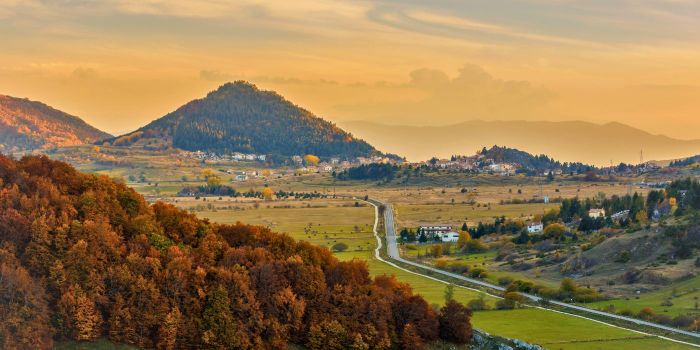
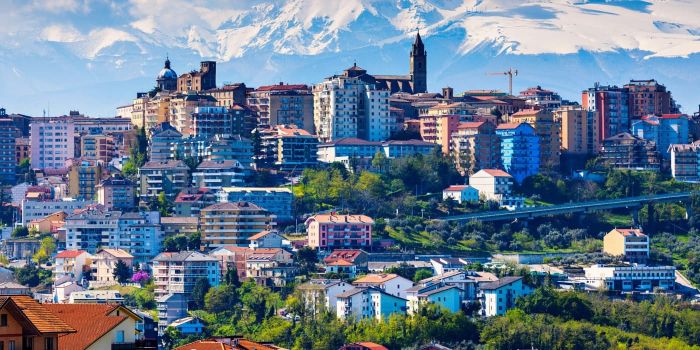
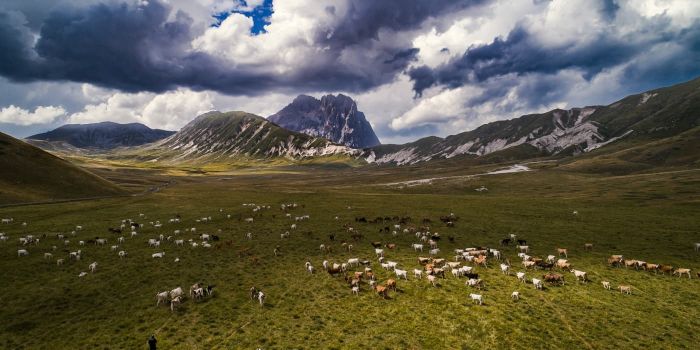
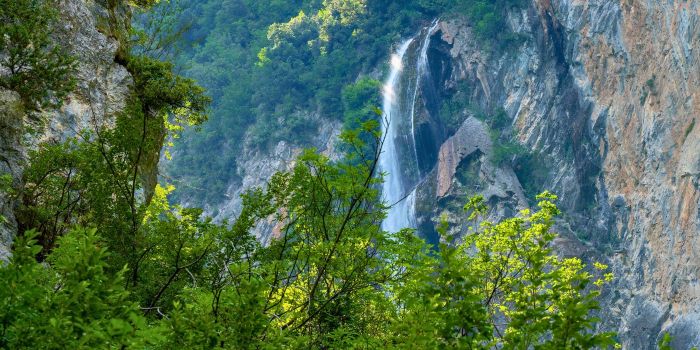

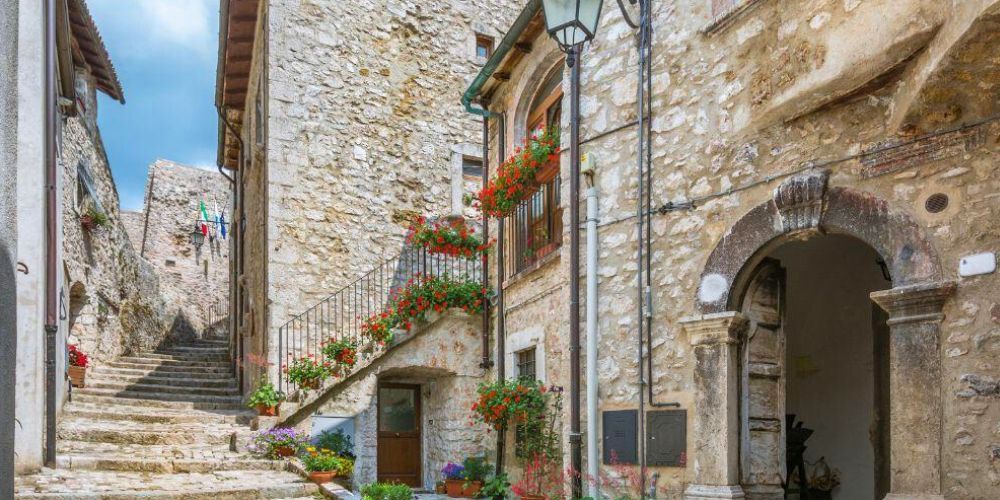
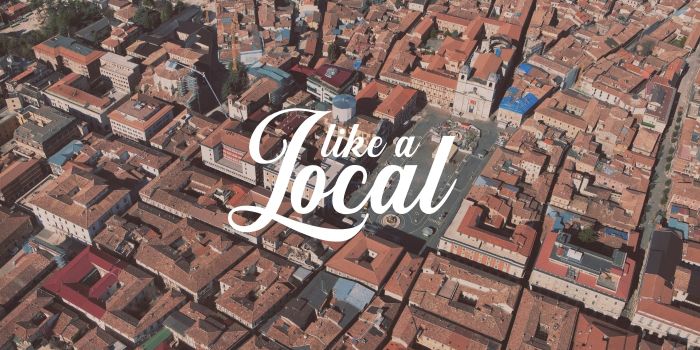
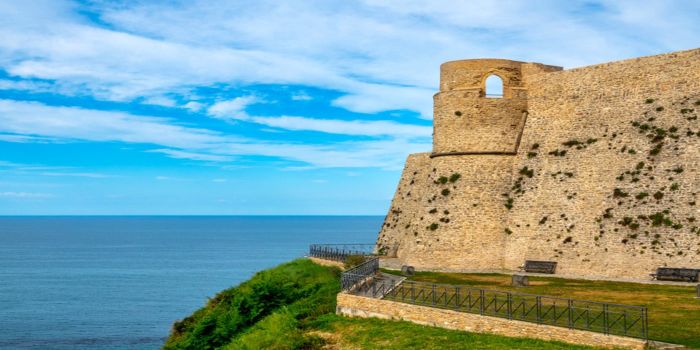
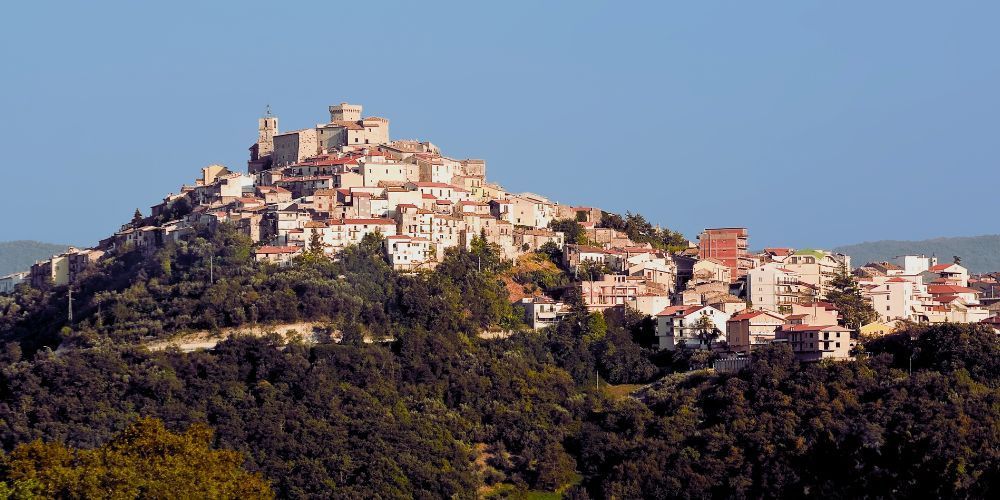
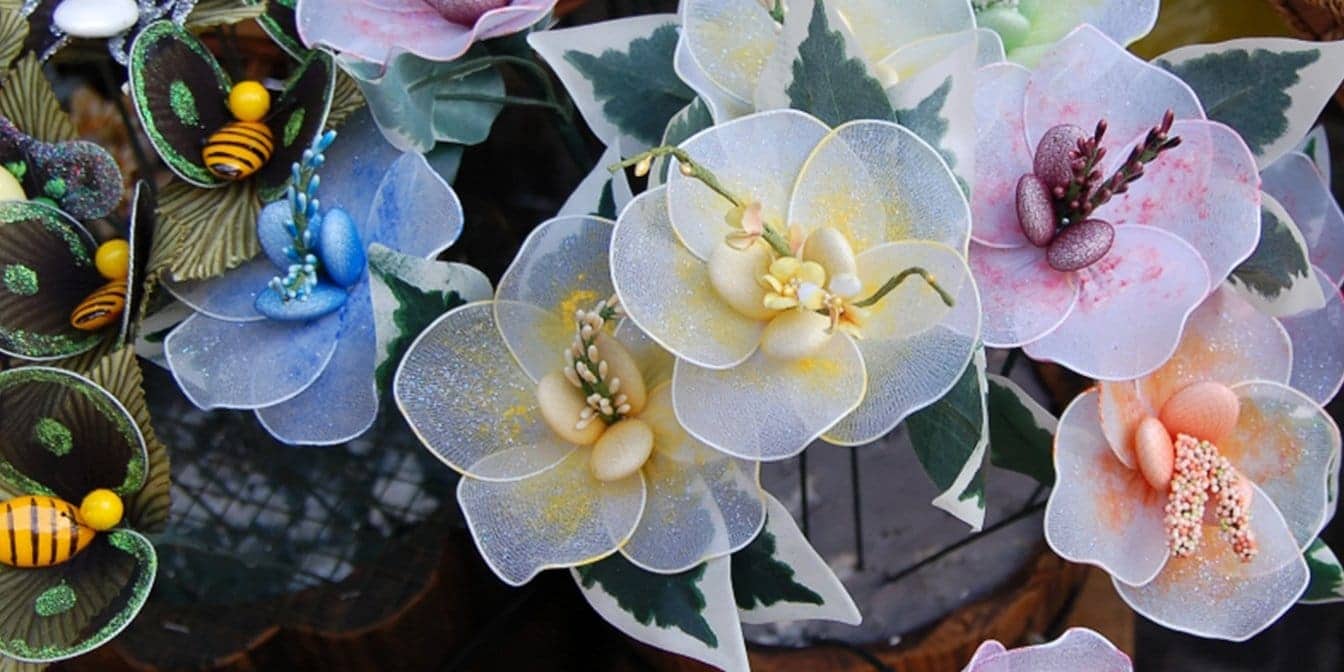
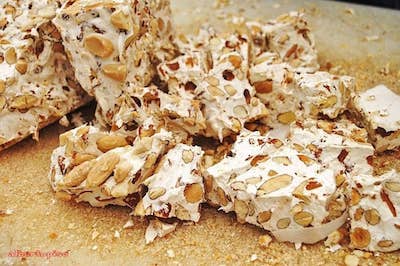

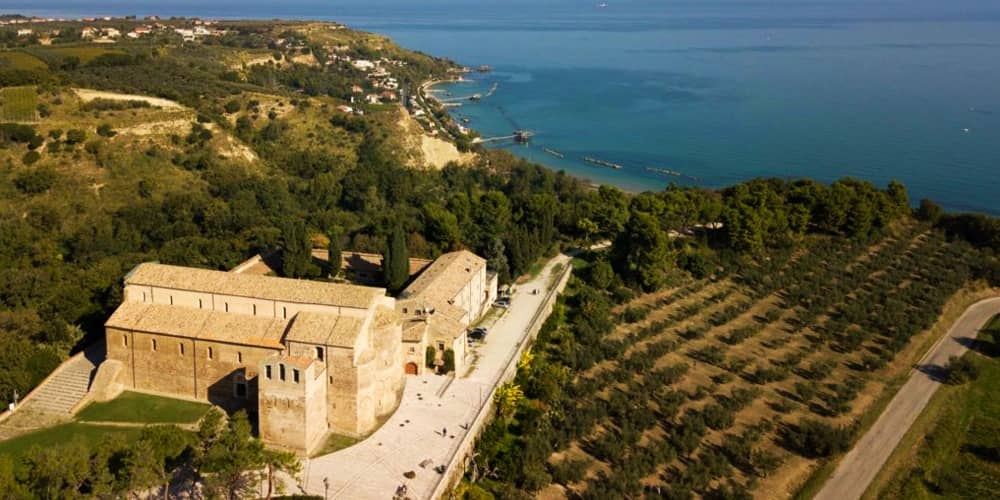
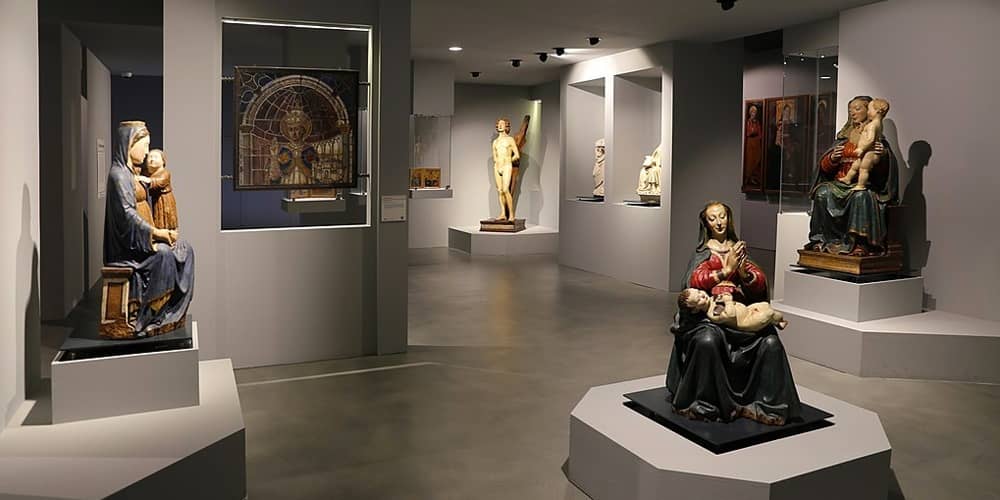
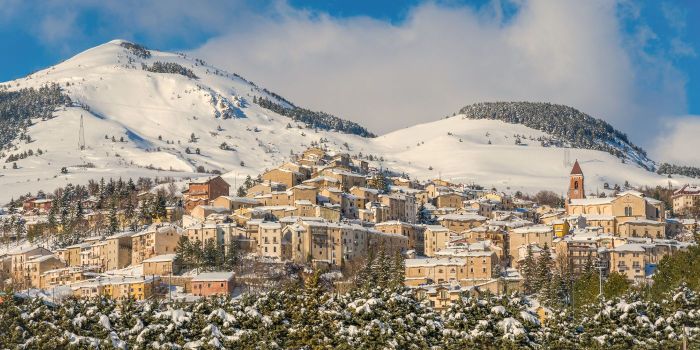
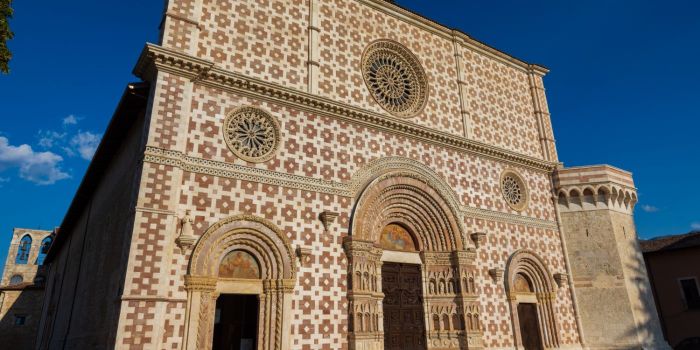
Ciao! I'm Monna Lisa, your digital travel designer. I'm here to help you plan your perfect trip to Italy.